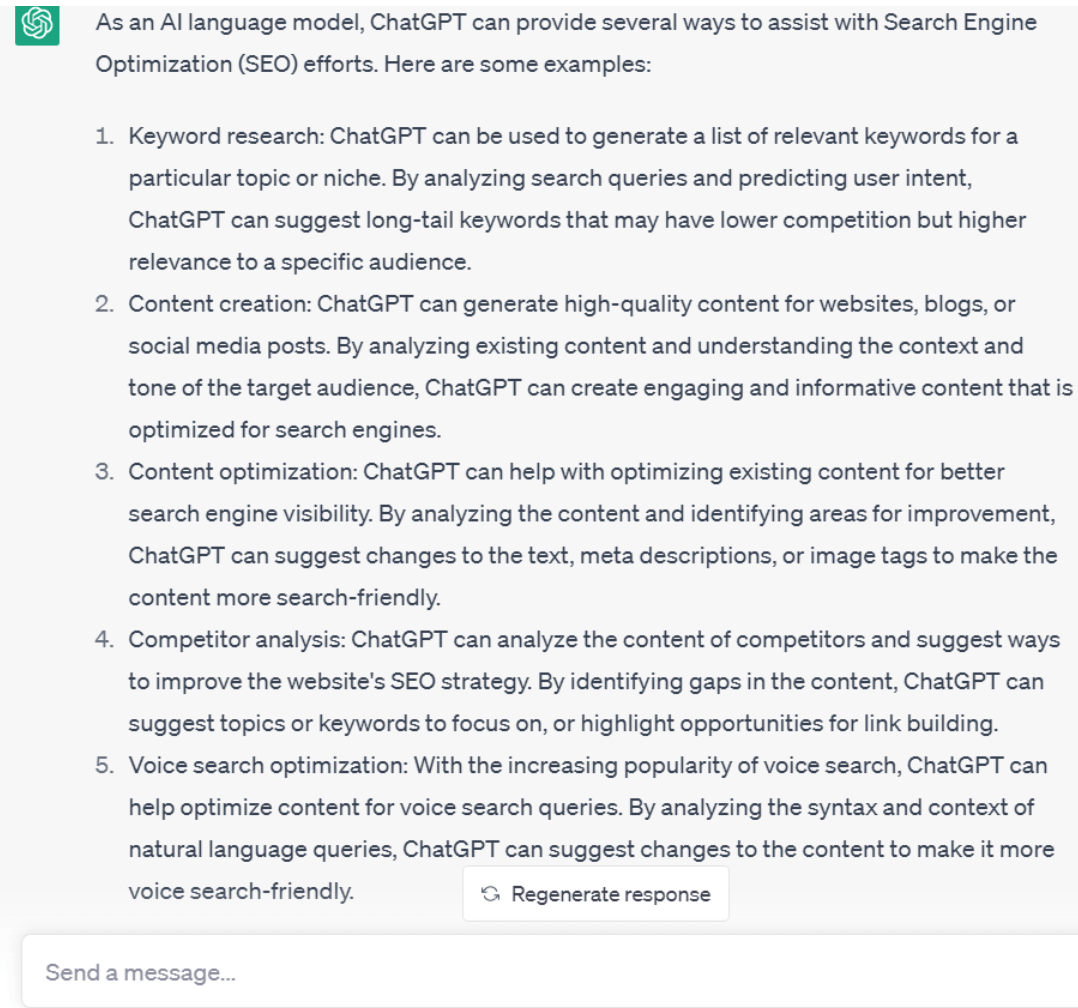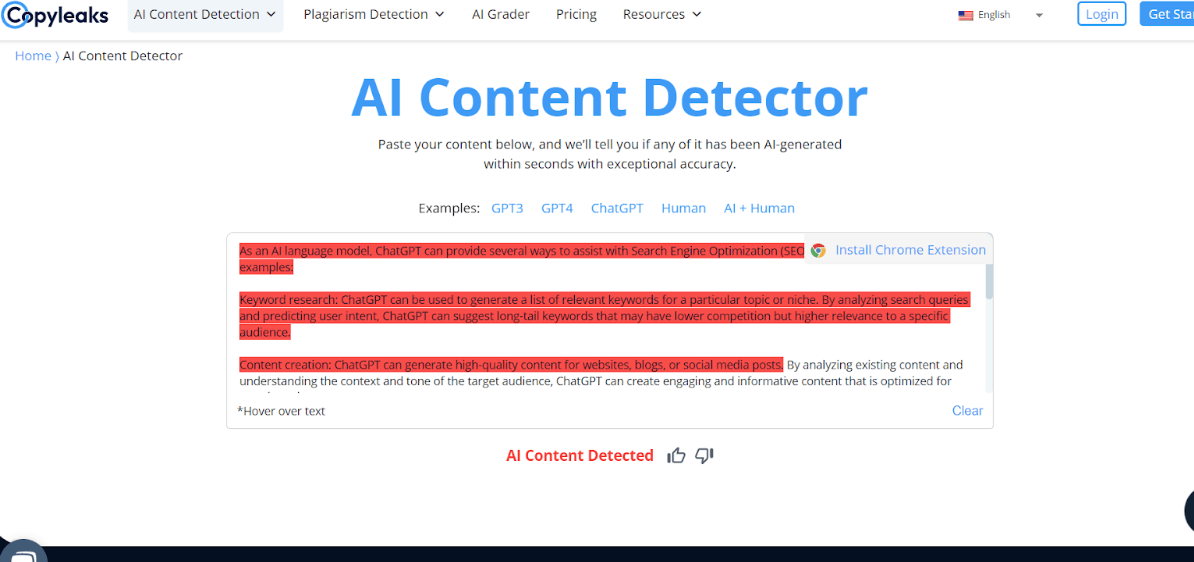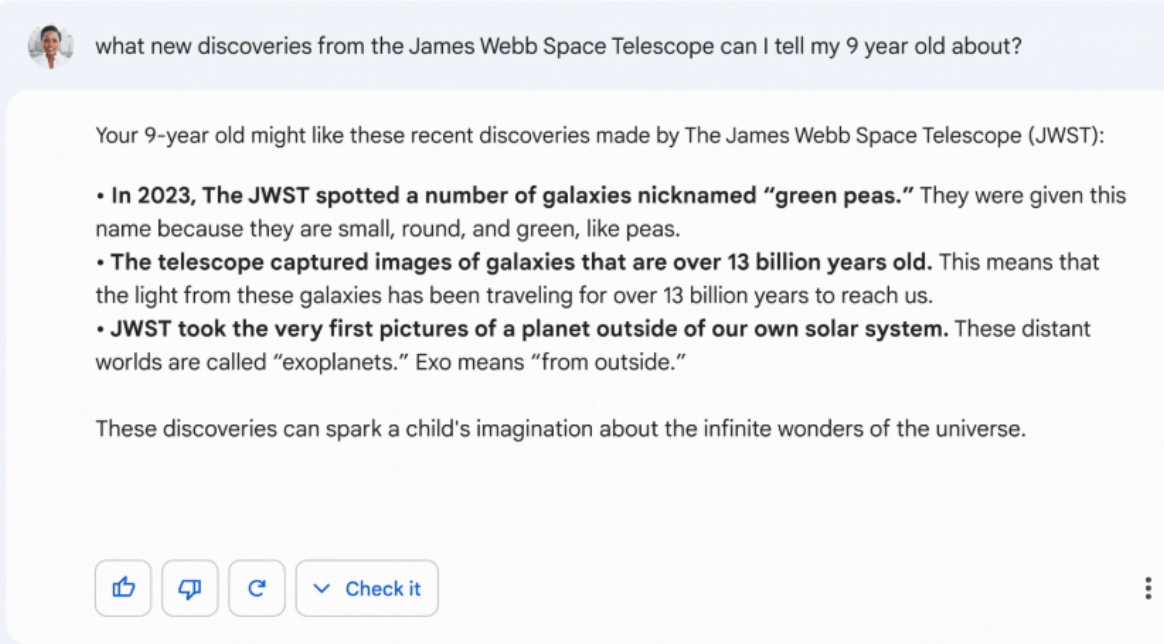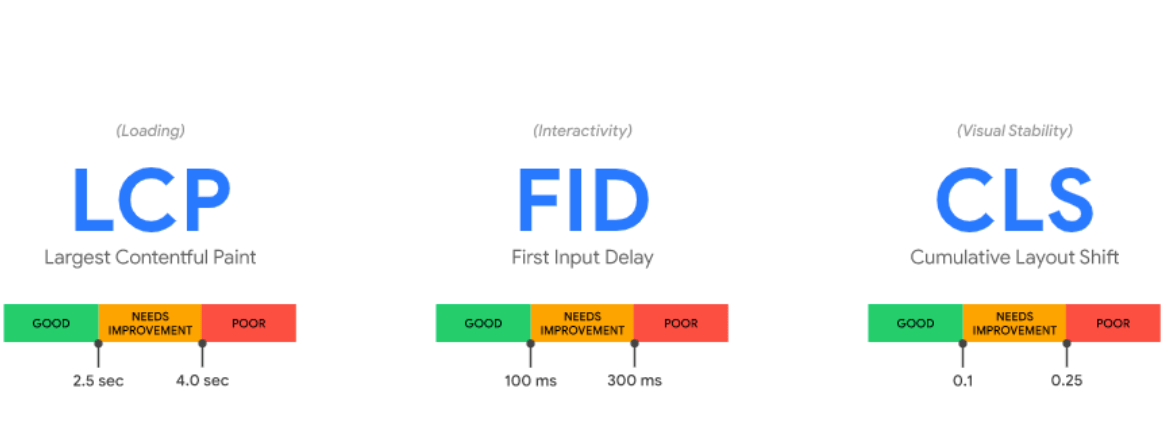This year has been all about algorithm updates on Google. These factors will help Google evaluate your website's trustworthiness and help it rank higher in search results.
Search engine optimization (SEO) plays a vital role in developing your online presence. It ensures whether the website will attract the target audience and how high it will be in search results. As SEO contributes to the website’s long-term growth, you need to know what strategies to invest in and what to ditch. At the same time, it’s one of the most unstable spheres of marketing.
Google rolls out new algorithms, adapting to emerging technologies and changing demands. What worked in the past may have turned out to be a fad. What remains unchanging is the importance of the user experience.
This year started as the year of AI proliferation. With generative AI promising to help marketers develop SEO-friendly content in no time, Google reconsiders its approaches to ranking. Let’s look at some of the most prominent trends to consider and how they will influence your rankings.
The Future of SEO: Trends
- E-E-A-T
- AI content
- AI content identification
- BARD
- Crawl frequency
- Mobile-first indexing
- Helpful content
- Page experience
Hire a trusted SEO agency by browsing Visual Objects.
1. E-E-A-T: Experience Matters
Since the 2018 update, the term “E-A-T” has been a recurring theme in the Google Quality Rater Guidelines. It’s an acronym standing for Expertise, Authority, and Trust. Yet, Google introduced another “E” to this term, making Experience another crucial ranking factor.
The purpose of all four characteristics is to aid Google in determining how trustworthy, honest, safe, and accurate the material is. It’s especially important when analyzing medical, financial, and safety information. So if your website operates in such a niche, you need a higher E-E-A-T score.
E-E-A-T factors also come into play when evaluating online stores and product review websites. Google will determine whether an online retailer has trustworthy customer support and safe online payment methods. A high E-E-A-T score can significantly increase e-commerce conversion rate, among other metrics. As for review platforms, crawlers will check the website for thorough and honest feedback, helping users make informed decisions.
Let’s come back to the Experience. What does it mean? Google prefers content creators with first-hand, practical experience with the topic under discussion. Suppose you run a software development agency. You may know how to attract customers in your industry or how to code. But you wouldn’t be an eligible source in fashion or interior design, according to Google. It means website owners should not only analyze their authors but also look at their experience.
2. AI Content: How to Rank It
While some fear Google will punish AI content generation or consider such content duplicate, the company isn’t against AI usage. So we’ll see more and more content marketers employ AI writing for their purposes, such as:
- Overcoming writer’s block
- Creating roadmaps and outlines
- Getting tips on enhancing texts
- Exploring ideas for new articles
Here is what ChatGPT can do for SEO, according to the tool:

Remember that it’s all about the appropriate use of AI. Using ready-made texts without optimizing them for your readers is a big no-no. Google has precise guidelines against spam and automatically created content. The search engine will treat such materials as those made with other SEO tricks like word-swapping, translation, and synonym usage.
Auto-generated content may even be subject to manual punishment. For example, web admins may take down the page or the whole website. Thus, you should make AI writers a helping tool instead of a replacement for humans. AI may speed up your tasks and find undiscovered possibilities for improving content, creating more value for readers.
3. AI Content Identification: How Machine Learning Is Revolutionizing SEO
The introduction of AI has caused a heated debate. Does it mean the end of human writers, marketing specialists, and even programmists? However, the need for humans has only increased as someone needs to fact-check the content and control the system to avoid bias and mistakes.
Google appreciates real content from people with practical experience. That’s why it constantly improves and employs AI to detect auto-generated materials. How can you increase the expertise and authority of your creators? First, ensure they are subject-matter experts. Second, you can choose one of the many available AI content detection tools, such as:
This software measures the probability of AI involvement based on various factors, such as perplexity, burstiness, language patterns, and embeddings. Below is a screenshot from Copyleaks to illustrate how such tools may present the analysis result.

The truth is that AI excels at mimicking humans, so even these tools may make mistakes flagging human texts as AI-generated content and vice versa.
4. BARD: ChatGPT Alternative from Google
Bard is a ChatGPT competitor provided by Google. It functions in a similar way, interacting with users via chat and responding to questions.

In theory, Bard may integrate with websites, messaging services, desktop and mobile applications, and other digital systems in the future. Yet, the tool is now open to a limited number of users and countries (UK and US). The reason for such slow penetration is that Google is cautious about unexpected results and the behavior of AI models.
Bard can potentially complement Google’s own search engines, much like Bing Chat currently employs GPT-4. But it needs time to collect user feedback and learn before it becomes widespread. So Bard is presently separate from Google search and other products.
What effect will this have on search engine result pages (SERPs)? According to Google's images, Bard will replace the “featured snippet” on the search result page by offering AI-generated responses and relevant connections. We are to see what opportunities for SEO optimization it will bring.
5. Less Crawl Frequency: The Way to Decrease Carbon Footprint
Google recently announced significant climate goals, including reducing its carbon footprint by 2030. How does it plan to achieve that? Here are some of its ideas:
- Using renewable energy sources, like solar or wind power, to power its servers and other computing equipment
- Reducing the amount of energy required for indexing and crawling. One of the ways to do it is to crawl websites less frequently
How does the crawling frequency impact sustainability? Although it happens online, the system uses computing power, servers, and databases. The more crawling and indexing happen, the more it contributes to greenhouse gas emissions. Reducing crawling helps conserve processing resources.
However, the decrease in crawling is likely to affect updated content rather than new. So Google may take longer to spot changes to your website, making content optimization from the beginning the best strategic choice in 2023.
6. Mobile-First Indexing: Optimizing Your Site for Mobile SEO
Mobile devices still rule the day in SEO. You need to optimize the website for smartphones, as Google utilizes a mobile-first index. It means the mobile version impacts the website’s position in SERPs more than the desktop version. Here is what you may do to succeed in SEO:
- Integrate responsive design: It denotes adapting the website content according to the user’s device. It ensures a smooth user experience on smartphones, tablets, or laptops.
- Adhere to simplicity standards: A mobile-friendly website should contain all the needed elements and make sure they are easy to spot and click with a thumb. So avoid clogging the screen space with unnecessary buttons and icons.
7. Helpful Content: The Importance of User Search Intent
Another significant algorithm change happened in August 2022, known as Google’s helpful content update. It will affect how we produce content in 2023. High-quality content has always been a priority when ranking websites. But with this update, you need to ensure visitor satisfaction with the content. The level of user satisfaction may be hard to measure and predict, but here is how to increase the chances of appealing to people:
- Prioritize people over search robots when developing materials
- Optimize your content for the target audience
- Adjust it to your niche
- Provide value and new information
- Demonstrate a thorough understanding of the subject
In 2023, you will need to emphasize search intent, which is the purpose of a search. What information are people looking for? Does your page answer their questions? Determine the keyword you want to rank for and check what is currently ranking for it. For example, if you’re trying to rank for “best project management software for teams”, look in the search results to see what’s ranking among other B2B software providers.
8. Page Experience: Optimizing Your Site for User Satisfaction
Google’s Page Experience update has been one of the most significant changes to search in recent years. It introduced Core Web Vitals, three metrics showing the website’s performance. Using these indicators, you may better identify where visitors leave the website and what dissatisfies them. Let’s break down the Core Web Vitals constituents.

Largest Contentful Paint (LCP)
The idea behind LCP is simple: how long does it take to load the largest multimedia element on the page in the viewport? And here is why it’s essential. The content on the page should be in place for a visitor to understand that all the information has appeared and the site is loading successfully. It’s what users see on the page first, such as:
- Photos
- Videos
- Banners
- Galleries
- Text blocks
First Input Delay (FID)
The FID metric shows the level of your website’s responsiveness. The FID indicator measures how fast the website reacts to the user’s first interaction with the page. It can include things like tapping a button or clicking a link.
This metric is measured in milliseconds, with the ideal response time being less than 100 milliseconds. A poor FID score is 300 milliseconds and more.
Cumulative Layout Shift (CLS)
CLS deals with the visual stability of web pages. You may have noticed these moves when a website loads. The content may literally jump up and down sometimes, annoying users, especially when you tap on the wrong link or go to the wrong category. You see CLS on the PageSpeed Insights website as fractions of a unit. Focus on keeping it less than 0.1. If you notice a value over 0.25, address visual instability.
A Look into the Bright Future of SEO
Here are some of the most influential SEO trends in 2023. While we still can’t predict how Google algorithms will develop, we can say for sure: content and the user experience are key. Google will always prioritize authority and authenticity. So if you want to succeed in SEO, you should always ensure content usefulness.
The truth is that companies whose content strategy is to only go after search traffic are unlikely to find ranking success in 2023. You need to think about your audience’s desires and interests. So instead of thinking about robots and numbers, you should focus on people. And that will always be relevant, no matter how algorithms change.
Additional Reading: